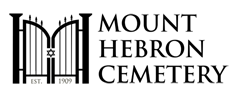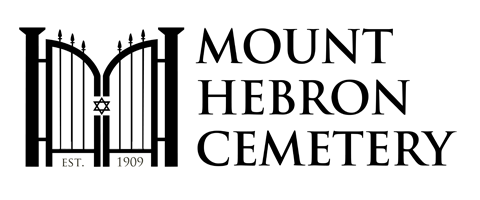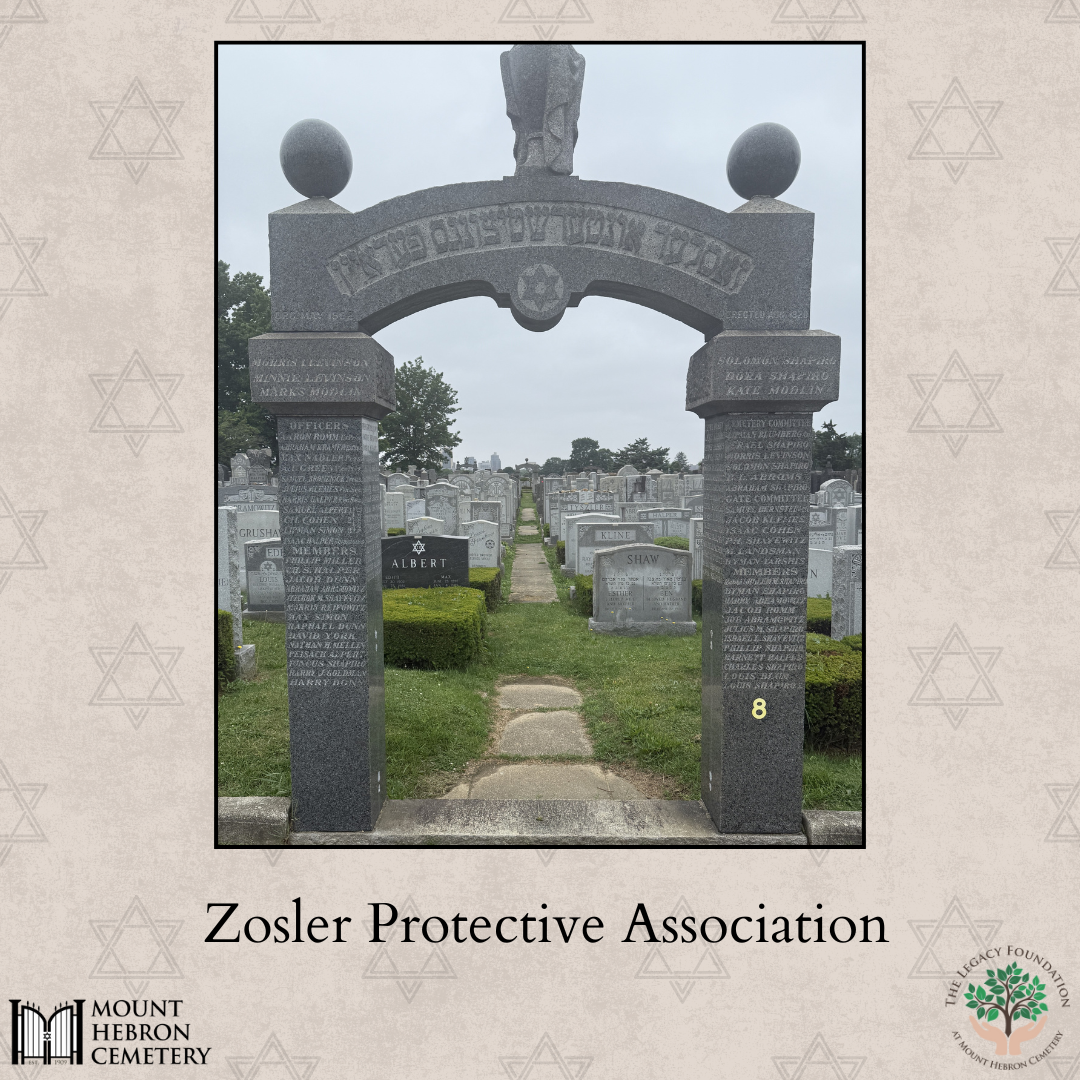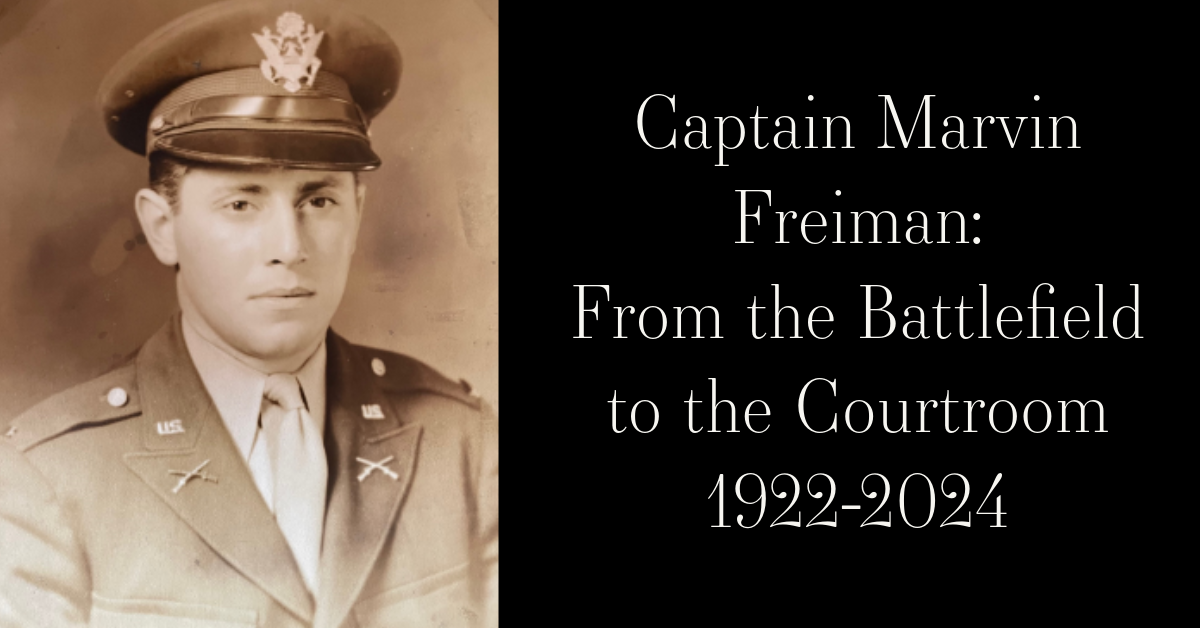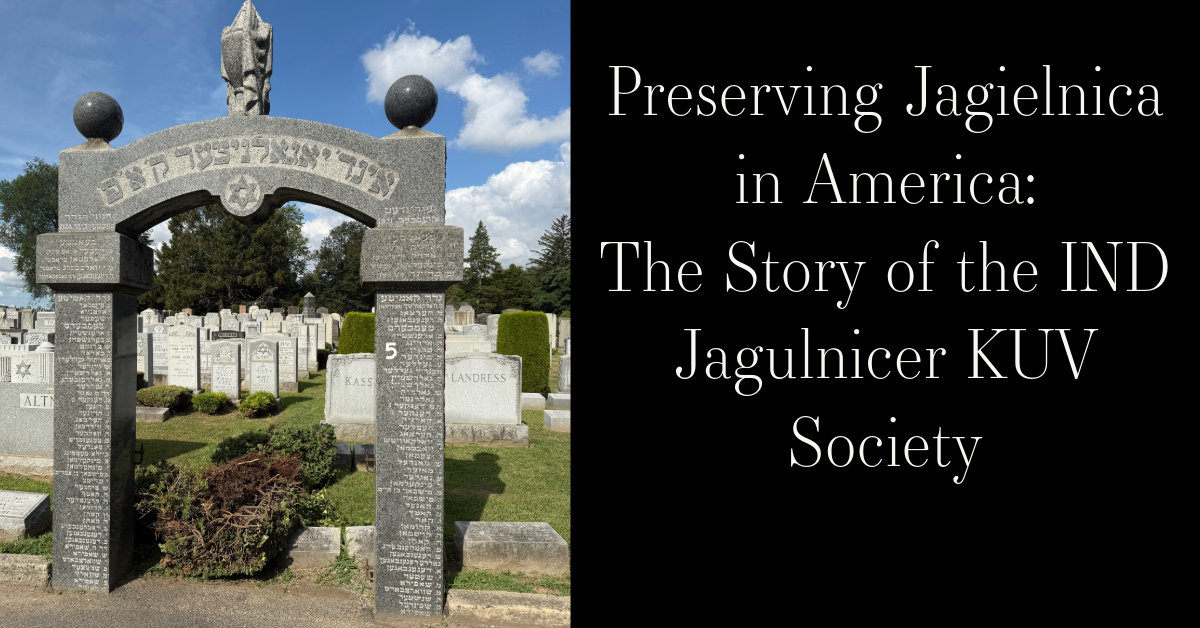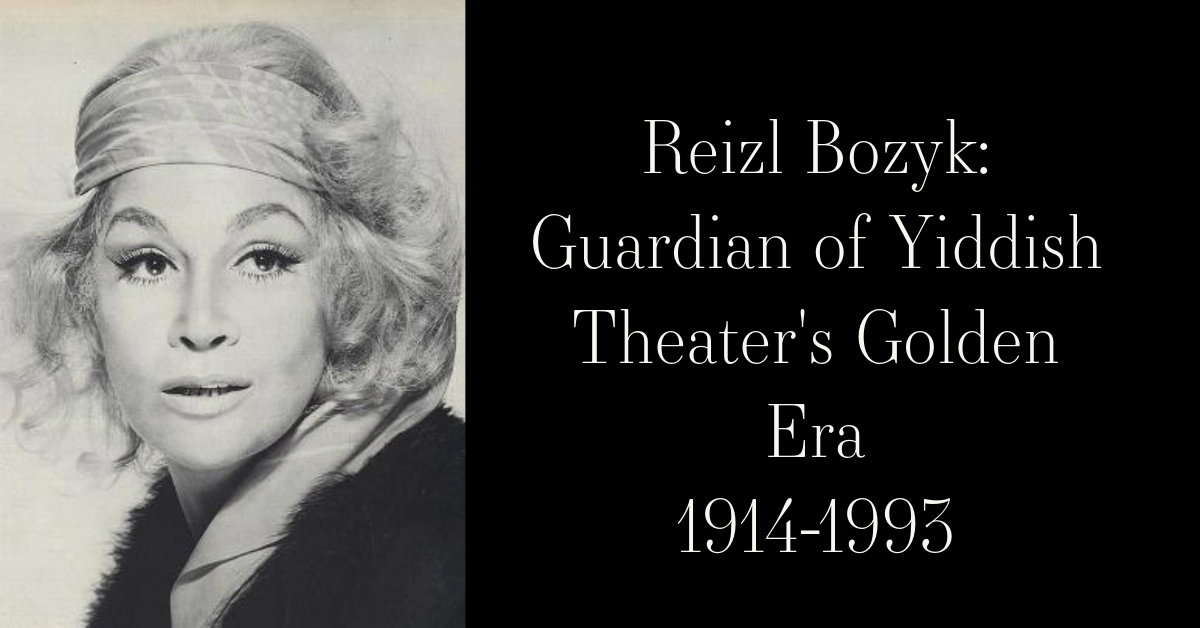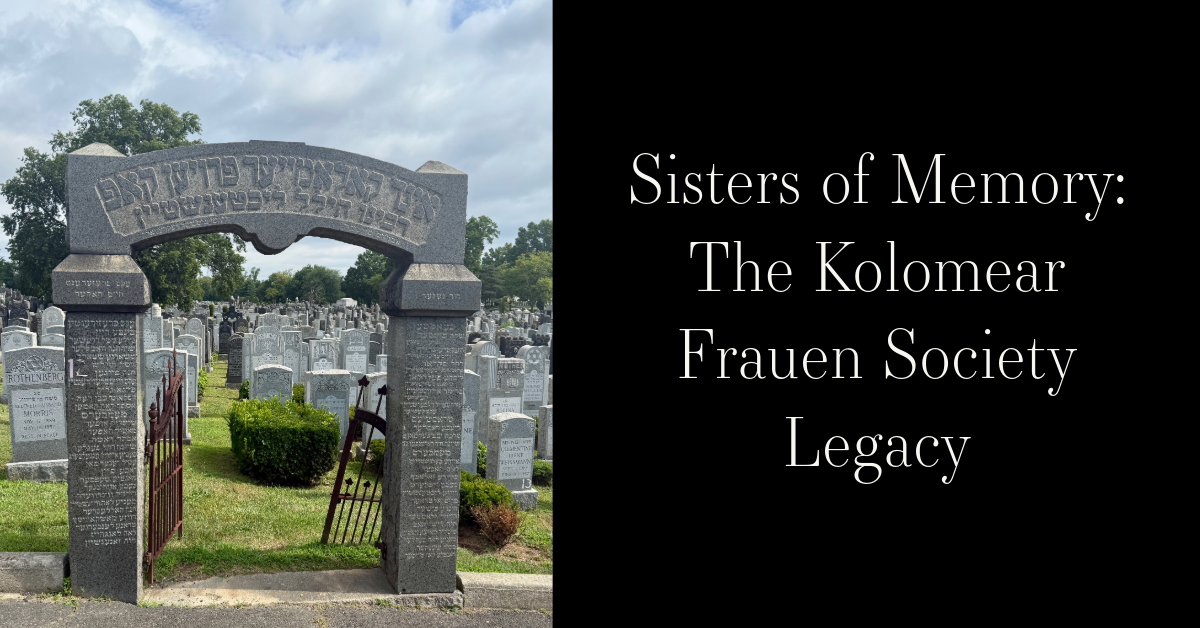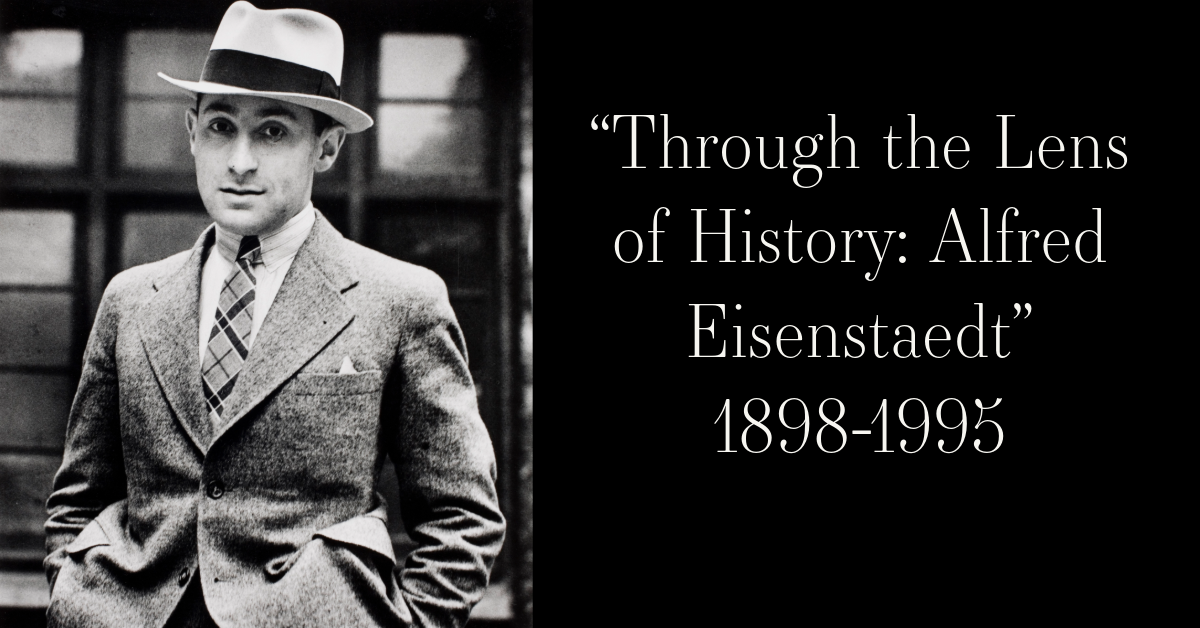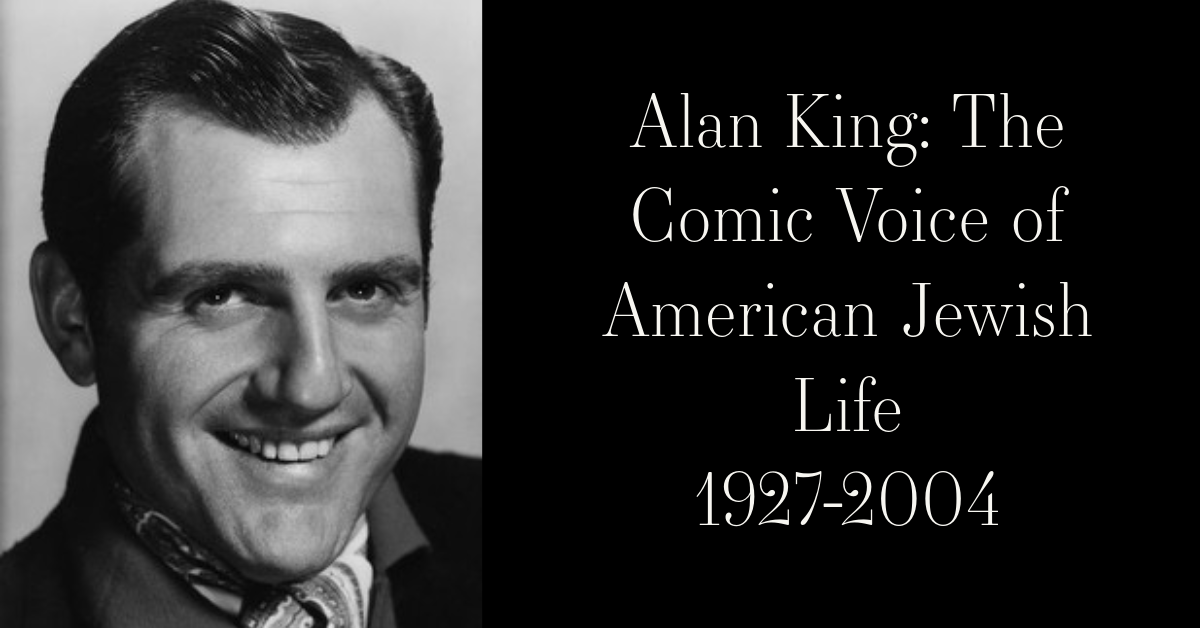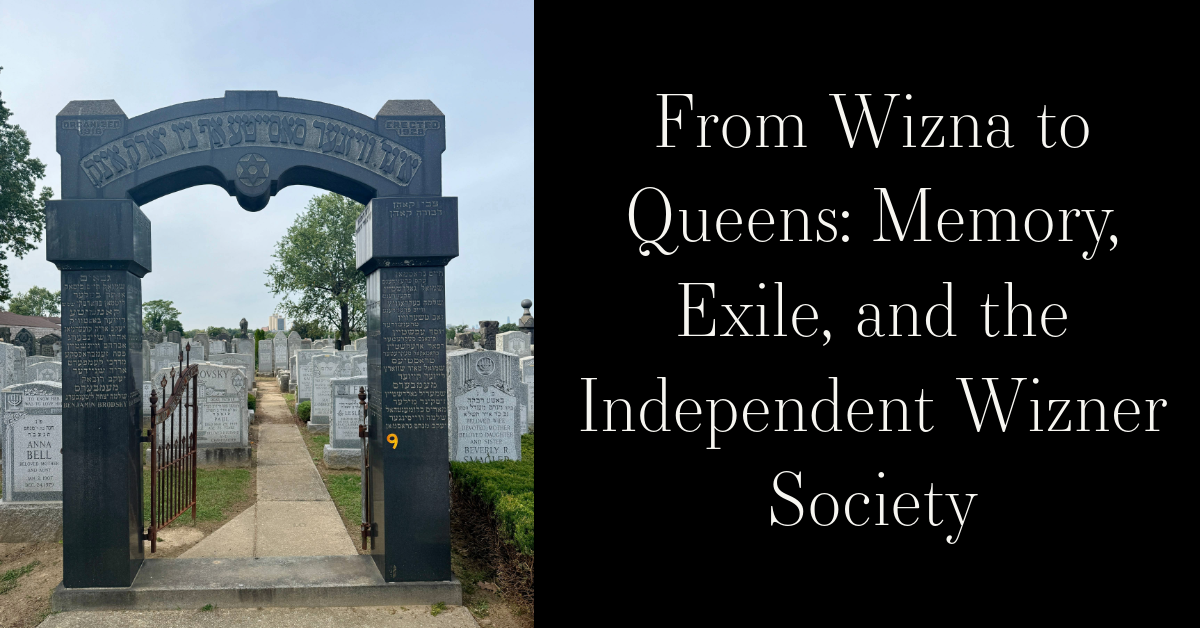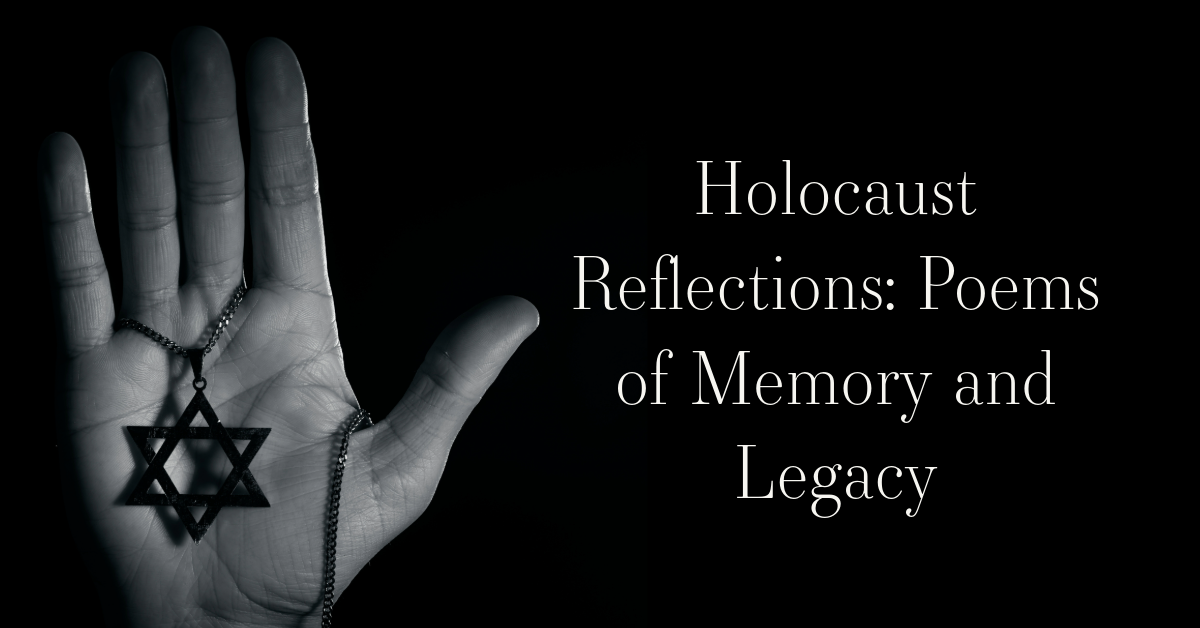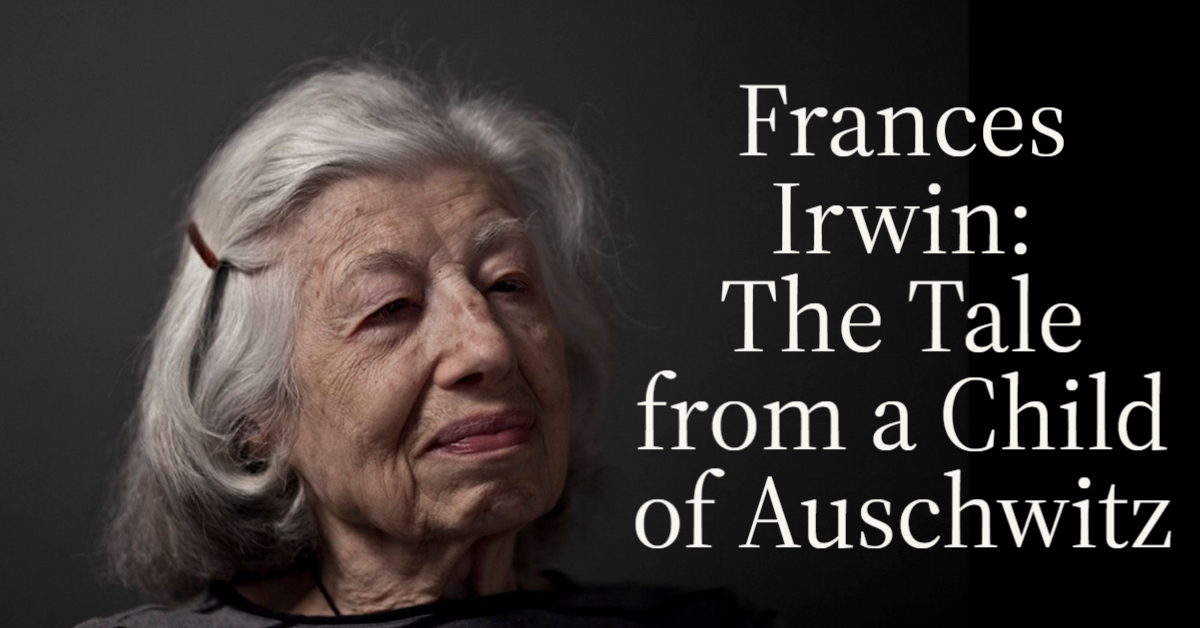Story Summary:
The Zosler Protective Association Society (Zosler Unterstutzung Verein) was established in New York by immigrants from Zasliai (Shosli, Zasla, Zasle, Zhosla, Zosli), in what is now Lithuania (previously part of the Russian Empire). It was incorporated in 1902, and provided its members aid in times of need. They functioned as a burial society, using Mount Hebron, Acadia, and New Montefiore cemeteries in Queens and Long Island, NY. ~Blog by Olivia Scanlon
Zosler Protective Association Blog
The Zosler Protective Association Society (Zosler Unterstutzung Verein) was established in New York by immigrants from Zasliai (Shosli, Zasla, Zasle, Zhosla, Zosli), in what is now Lithuania (previously part of the Russian Empire). It was incorporated in 1902, and provided its members aid in times of need. They functioned as a burial society, using Mount Hebron, Acadia, and New Montefiore cemeteries in Queens and Long Island, NY.
A significant Jewish community existed during the 19th century, with there being over 800 Jews in 1847. By 1865, the community was maintaining three synagogues, multiple stores and a few taverns, using two railway lines to market their goods. The town was repeatedly devastated as a result of multiple 19th century fires. The 20th century brought declined economic stability to the Jews of Zasliai as Lithuania gained independence (1918-1940). Despite this, the Jews continued to market their goods, which had grown to include timber, grains, and poultry. The Jews of Zasliai become economically and culturally linked with the Trakai and Vilnius communities.
In 1915, following the outbreak of World War I, the Russian military ordered the expulsions of thousands of Jews from nearby areas. Refugees received aid from various organizations, including “Yekopo” (the Vilnius Committee for Aiding Refugees), and the “Committee for Medical and Nutrional Aid”, which was estbalished by students of St. Petersburg and Vilnius.
Multiple rabbis held positions in Zasliai, including Rabbi Menakhem-Mendel, Rabbi Avraham-Khaim, and Rabbi Yitzkhak-Meir Rabinovitz. The “Khibat Zion” (Lovers of Zion) movement attracted many Jews, serving as a precursor to the formal Zionist movement. After World War I, the Jews maintained their economic status, engaging in the professions of trade, storekeeping, and crafts. Others worked in seasonal contracting businesses, buying fruits from farmers and selling them to wholesalers and merchants. A number of plants were in operation during this time, including a paint shop, two workshops for shoes, two wool carders, a bakery, a leather workshop, and two flour mills. Prior to the outbreak of World War II, many worked in artistry as shoemakers, tailors, blacksmiths, and barbers. The Jews of Zasliai received financial aid from the Jewish popular bank (Folksbank), and a branch of the United Credit Union for Farmers. A Hebrew elementary school (part of the “Tarbut” network) existed, in addition to a communal library, and a Maccabi Sports Union. In search for better economic stability, many from the younger generations traveled abroad to Eretz-Israel joining the Kibbutzim “collective communities” such as Givat Brener, Yagur, Dafna, and Tel Josef.
In the Summer of 1940, Lithuania was annexed to the Soviet Union. The “Sovietization” process severely harmed the cultural and economic stability of Zasliai’s Jews, with its organizations and institutions disbanded. After the Soviets retreated, Lithuanian nationalists began attacks on those they suspected were aiding the enemy. Jewish “prisoners” were often taken to Kaisiadorys and killed. Those who remained in Zasliai were made to perform forced labor, including cleaning the streets. Armed Lithuanians often broke into the homes of Jews, robbing and ransaking them. On August 17th, 1941, many were taken out of their homes and transferred to Kaisiadorys. They remained there for the next ten days until they were killed alongside Jews from Ziezmariai. On September 22, 1941, the remaining Jews in Zasliai were taken to Semeliskes. They were all killed on October 6th, 1941. Three women and two children managed to escape and lived to witness liberation.
In the fall of 1991, the local municipal council ordered for a new metal fence to be placed around the mass graves. They also refurbished the memorial tablets. The tablets commemorate (in both Lithuanian and Yiddish), the lives of over 2000 Jews (from Ziezmariai, Zasliai, and Kaisiadorys) which were taken on August 28th, 1941.
http://www.yivoarchives.org/index.php?p=collections/controlcard&id=34131
https://www.jewishgen.org/Yizkor/pinkas_lita/lit_00283.html
~Blog by Olivia Scanlon
